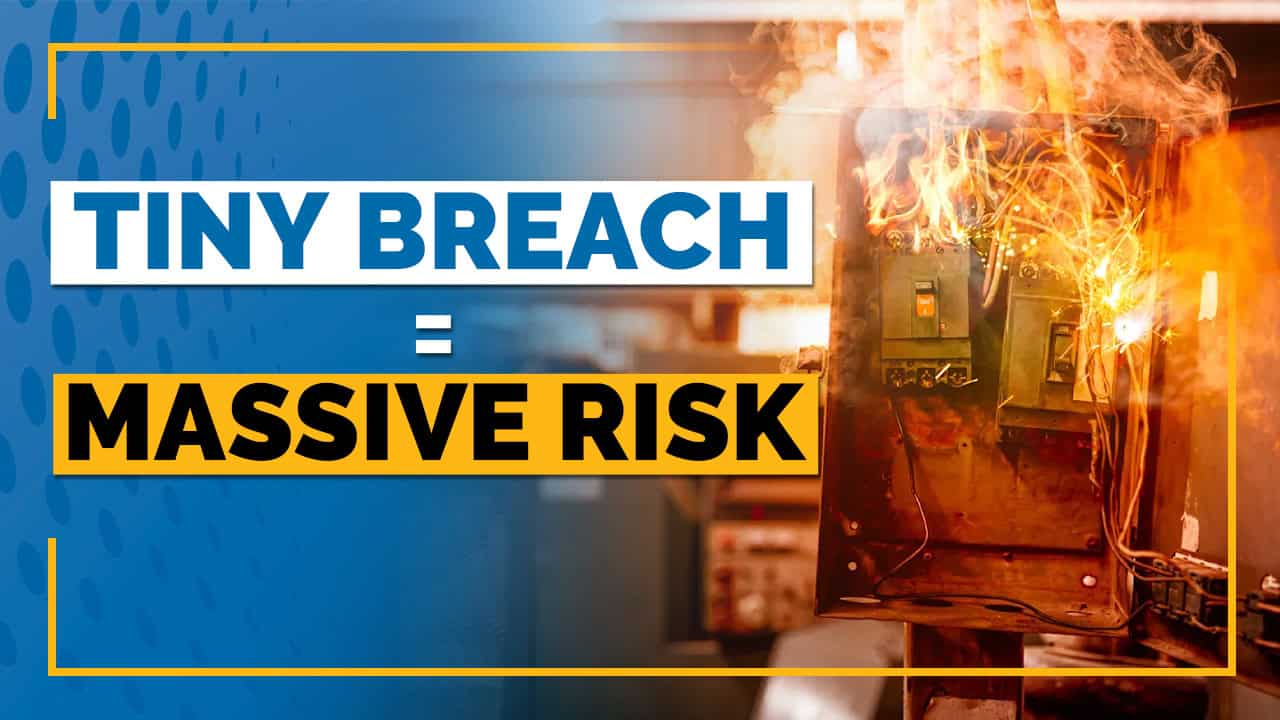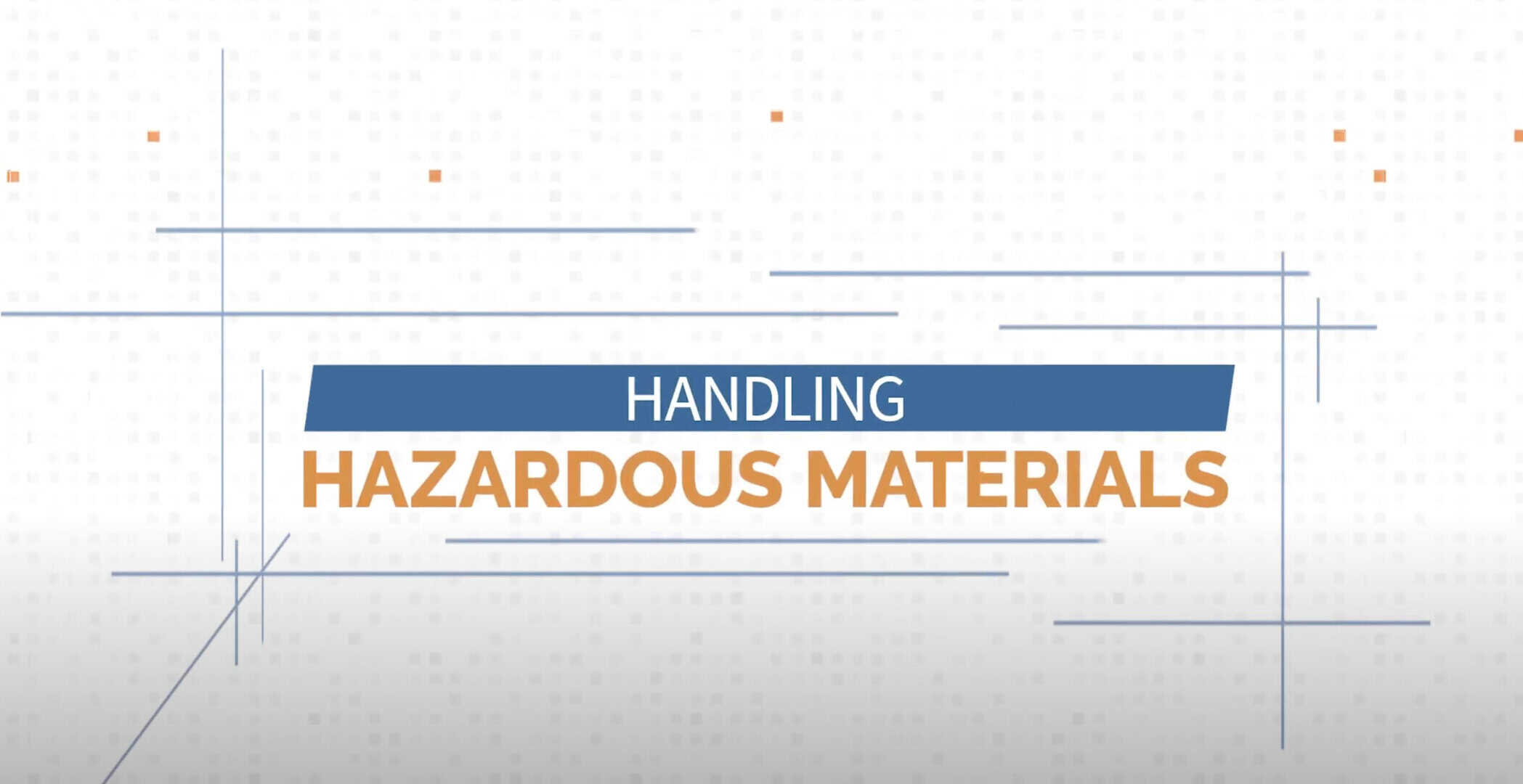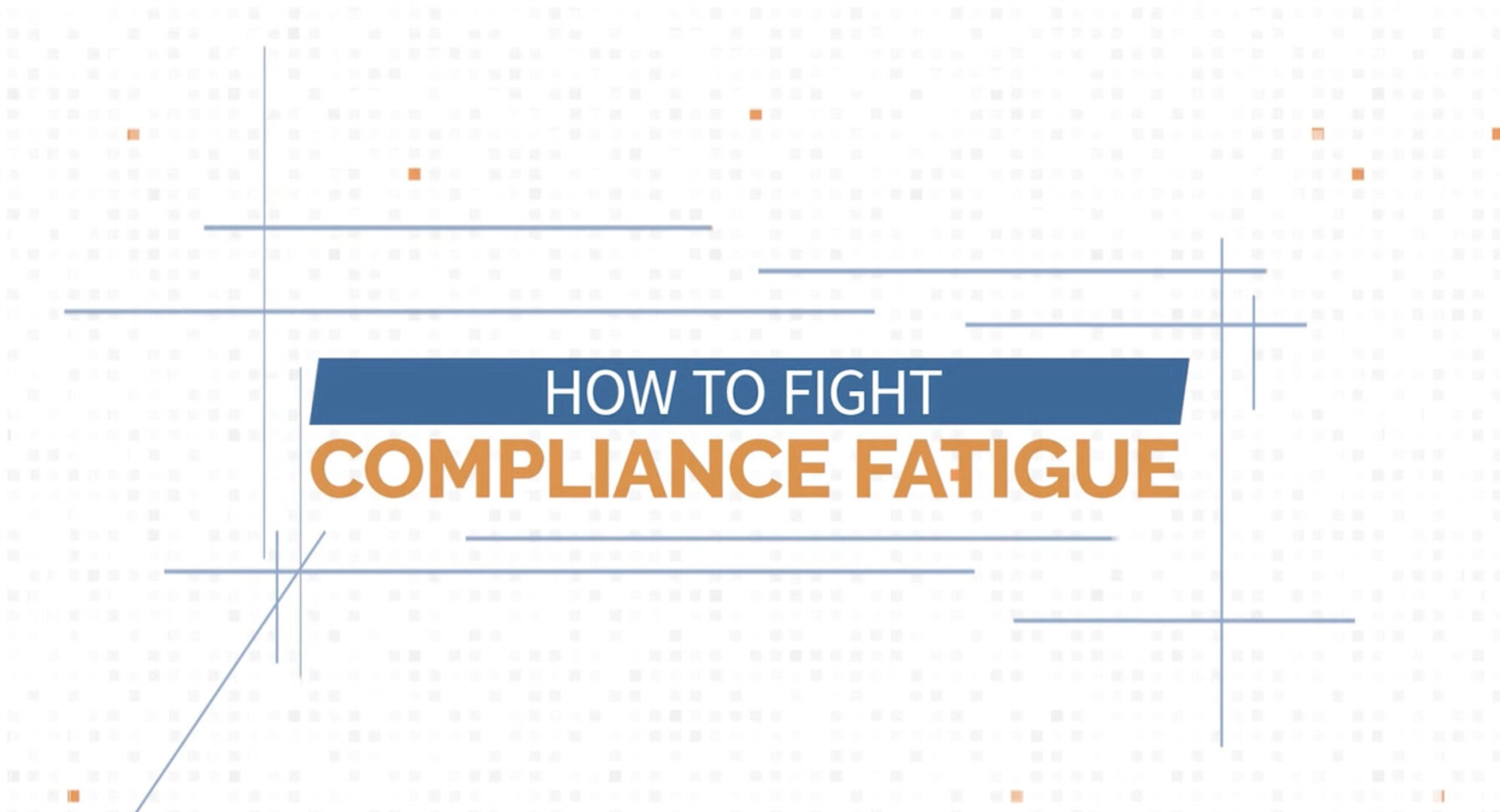Healthcare organizations are responsible for providing safe and high-quality care to patients. A critical component of this responsibility is maintaining the safety of their facilities. To help enforce this, healthcare facilities subscribe to one of multiple Accrediting Organizations who implement a set of standards that are to be followed, many of which require documentation as proof of compliance. However, identifying and addressing these tasks can be a complex and time-consuming process without the aid of proper communication. Reporting these tasks to the facility’s team as well as the C-suite of healthcare organizations can offer numerous benefits, including improved patient safety, better risk management, and increased operational efficiency.
Facility remediation tasks are necessary to ensure that healthcare facilities remain clean, functional, and safe for patients, visitors, and staff. These tasks can include continuous inspection of complex mechanical, electrical, and fire safety systems, maintenance of medical equipment, and ensuring compliance with infection control protocols, for example. However, identifying and addressing these tasks can be challenging, particularly in large healthcare organizations with numerous facilities where there is significant room for tasks and documentation to fall through the cracks.
By reporting facility remediation tasks to all relevant stakeholders, higher management can be sure that these tasks receive the attention and resources necessary to be completed promptly and effectively. This can lead to improved patient safety, as healthcare facilities that are well-maintained are less likely to harbor harmful pathogens or expose patients to hazardous conditions. In rare cases of emergency, a well-maintained facility is prepared and able to minimize patient safety risks.
In addition to improving patient safety, reporting facility remediation tasks can also offer benefits related to risk management. Healthcare organizations face numerous risks related to their facilities, including regulatory compliance, liability, and reputational damage. By identifying and addressing facility remediation tasks proactively, healthcare organizations can reduce these risks and minimize their potential impact. Having a system in place that allows for easy access to compliance related documentation allows a facility team to do so.
Reporting required documentation activities to the C-suite offer benefits related to operational efficiency. Healthcare organizations are required to maintain a wide variety of documents related to facility maintenance, including inspection reports, testing schedules, and equipment maintenance logs. Ensuring that these documents are complete, accurate, and up-to-date is critical to maintaining regulatory compliance and minimizing risk. Most importantly, making sure that these documents are accessible to every member of the facility team is what drives the best practices of facility management.
In conclusion, reporting facility remediation tasks and required documentation activities to all stakeholders, including the C-suite of healthcare organizations can offer numerous benefits. These benefits include improved patient safety, better risk management, and increased operational efficiency. By ensuring that these tasks’ statuses are communicated to all parties, healthcare organizations can provide safe and high-quality care to patients, while minimizing risk and ensuring regulatory compliance.




